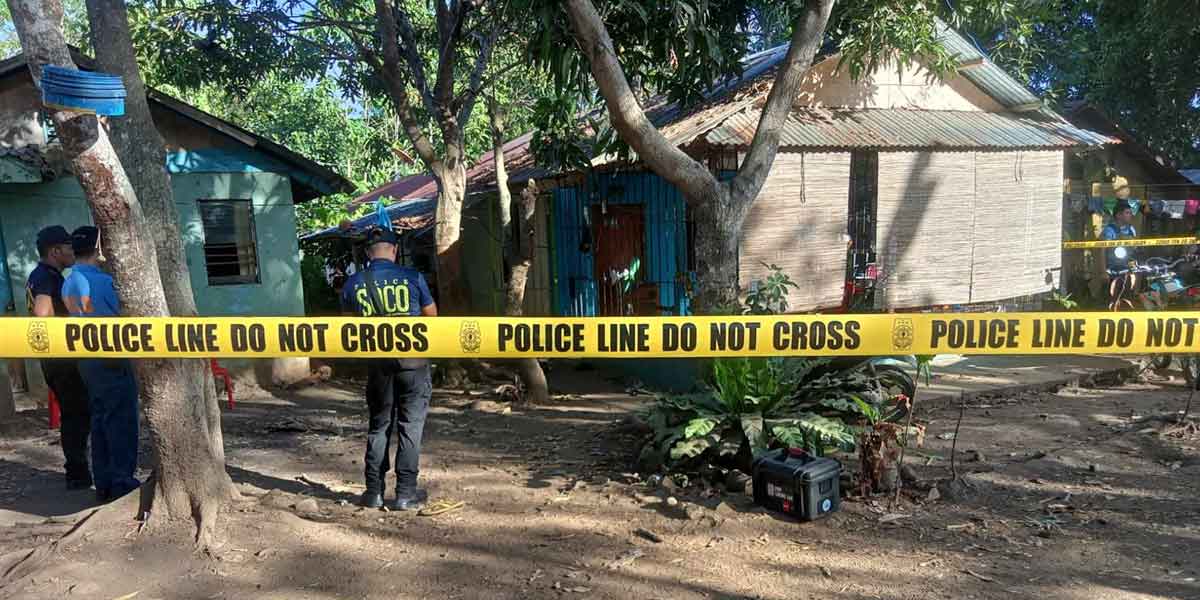 By: Modesto P. Sa-onoy
By: Modesto P. Sa-onoy
This is the title of a book that I had the pleasure of reviewing on invitation of the Province of St. Ezekiel Moreno of the Augustinian Recollects last November 28. The book was launched at the Provincialate of the Order in Quezon City to commemorate the 21st year of the foundation of the Province. Heretofore, the Recollects in the Philippines belonged to the Province of San Nicolas de Tolentino with houses, parishes, schools, formation institutes, hospitals and many other institutes of apostolic work all over the world.
After the decision in 1588 of the Augustinian Province of Castille, the Augustinian Recollects became a separate order to live a more austere life in 1602. The first Recollect missionaries came to the Philippines in 1606 and to Negros in 1626. They left ten years later after an exchange of mission territory but returned to Negros in 1848 and remained here since then.
The young Province of St. Ezekiel Moreno, however, has centuries of experience and missionary work that even today it has institutions and members in the continents of Europe, the Americas, Africa and the Pacific which includes missions to Guam, Marianas and Indonesia. The Philippines has the largest number of their institutions, understandably because of their long stay in this country.
Sadly, many in Negros today are unaware of the great contributions of the Order in our island. Certainly, their parishes and schools in Negros and those who have passed their doorways keep the Recollect name and spirit alive but for others, they are just another of the several other religious congregations in Negros.
The Recollects have a special place in our history not only for their pastoral and missionary work but for several others beyond their convents. Of the 31 cities and towns on Occidental Negros, 29 were created by the Recollects or expanded by them. Even the other two, Salvador Benedicto and Hinoba-an were villages that sprung from the works of the Recollect missionaries.
When they arrived in Negros there were only eight towns – the rest were villages or towns that were obliterated or reduced into sitios due to depopulation resulting from Muslim raids that persisted in this island until 1828. The Recollects reassembled, as it were, some of these towns, like Minuluan (now Talisay), Binalbagan and Tukgagwan (now E.B. Magalona) and created villages from scattered evacuees and settlers.
There were no formal schools then but Recollect convents that taught the Catholic faith included secular subjects as reading, writing, and Spanish. They taught agriculture and handicrafts including carpentry and masonry. They introduced many species and varieties of fruits and vegetables and root crops. Even the lowly root crop we call kamoteng kahoy was introduced. Its name is tapioca which is native to South America where the Recollects would pass by on route from Spain to the Philippines.
Of course, the Spanish government and entrepreneurs had their hands in agricultural development as well. The point is that the Recollects did not keep still in their convents preaching but also initiated economic projects that benefitted their faithful.
The most palpable of their agricultural projects was the expansion of the sugarcane cultivation. When they arrived here in 1849, sugar was produced in small quantities. The records show we produced just about 3,000 bags. When the sinamay trade in Panay collapsed, the investors there turned their eyes to Negros for the cultivation of sugarcane. The Iloilo port that opened to international shipping in 1855 created a large demand for sugar for export to England. Investors mainly from the weakening sinamay industry shifted their money to Negros. This is where the Recollect missionaries came in.
The Spanish government had invited immigrants to Negros to develop the island’s wide swath of fertile lands “without owners”. The investors thus called on the parish priests, mainly Recollects (except for Bacolod and Silay as the Filipino priests refused to vacate) and sought their help to find suitable lands.
Fr. Fernando Cuenca of Minuluan who had traversed the island on a government mission knew where the best lands were. The Recollects’ role in the development of the sugar industry did not only involve siting the best lands but also helping improve production and processing.
Most Recollects left after the revolution but “moved by the Spirit” they never left but instead grew exponentially.Appropriately, the Philippines is now their base of evangelization.





















